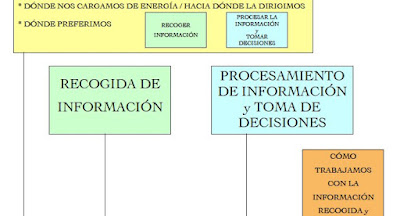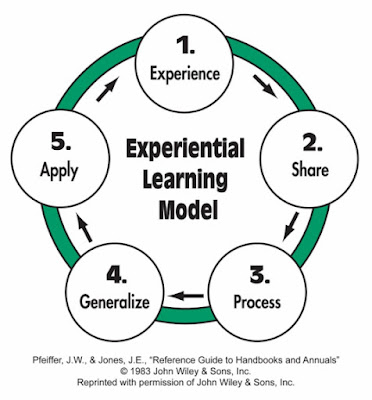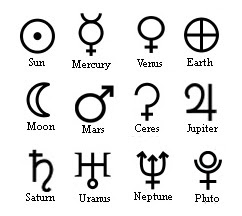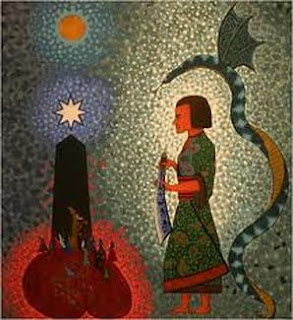Myers-Briggs Type Indicator (MBTI) en contextos de aprendizaje (1): Extraverted / Introverted

Tres de las cuatro variables sobre las que el MBTI nos informa tienen que ver con la INFORMACIÓN: Qué tipo de información preferimos En qué nos basamos para tomar decisiones sobre esa información Cuándo y cómo nos ponemos a trabajar sobre ella La cuarta variable (que es la primera de las cuatro letras del perfil: E o I) nos habla de dónde y cómo tomamos laENERGÍAque necesitamos, y cómo y dónde preferimos recoger y procesar la información. Las dos preferencias de que disponemos son la EXTRAVERSIÓN y la INTROVERSIÓN. Las personas que prefieren la EXTRAVERSIÓN(E) tienden a estar más cómodas hablando para pensar, haciendo, o interactuando con mucha gente. Las personas que prefieren la INTROVERSIÓN (I) tienden a estar más cómodas pensandopara hablar, estando solas o interactuando con poca gente y, preferiblemente, gente conocida. Imagen procedente de: http://torturedcreative.blogspot.com.es/2009/12/myers-briggs-and-communication.html Diferenciar entre ambas preferencias nos per...







